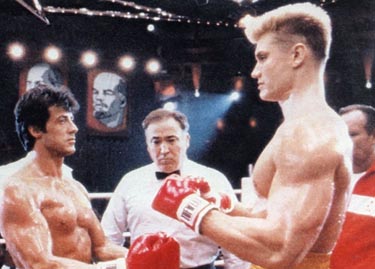Last week I attended Silicon Valley comes to Cambridge (SVC2C). The event brings together Silicon Valley, UK/European entrepreneurs and Cambridge University students to meet, lean and collaborate. I sat in on many of the talks over the three-day Cambridge conference. It was a very informative and enjoyable event with some great networking. My highlights were objectively knowing ‘When is it right to abandon your startup efforts’ panel, remembering your grand Vision after The ‘Keynote Speeches’ and meeting other founders at the Company Showcase.
Gut feel plus test and measure
The Panel described as ‘When is it right to abandon your current Effort? What scorecard should you use and how should you track progress? Monitoring, measuring and monitising…’ – this caught my eye because its one of the most difficult challenges for startup founders – Knowing when to quit!
Reid Hoffmann, co-founder of LinkedIn and SVC2C co-chair, reminded us of the need to ‘Fail fast’. That way founders have time to start over again. However the challenge is we fall in Love and become obsessed with our startup. It becomes part of us.
Julie Hanna, Kiva Chair, talked about the need to be simultaneously both passionate and dispassionately objective. Use data to guide you. Of course this is difficult in the very early days with only limited data and a concept. At the beginning ‘Think it through crisply’ Reid said. Jose Ferreira, ‘iterate what you are doing right and wrong everyday’. Ultimately you’re trying to find a value proposition that is saving more money than you are charging. Only then are you onto a winner!
Make a difference
Each of the panelist in The ‘Keynote Speeches’ talked about where they saw their companies successful innovations making a difference in the future. Mark Littlewood gives a full writeup of all the Keynote talks here. This got me thinking about my own startup and the Vision Simon, my co-founder, and I had when we first started Aware Monitoring. It’s so easy in a busy startup to loose sight of the ‘Wood, because of the trees’.
All the panelist had grand visions of helping to solve educational, health and green energy challenges. It’s so important to bring real value to others and the world with your startup efforts. Even it they are small! Solve real problems your customers have, bring true value and they will love you for it!
People make a startup
I met some old friends (Martin and Richard from Psonar, Andrew Walkingshaw from Timetric) and new ones (John Snyder from Grapeshot, Adam Kingdon from i2O Water) at the Saturday morning Company Showcase. It’s aways very helpful to share ideas, challenges and experiences with other startup/company founders. Even in these days of Social Networking, face-to-face networking is as important as it’s always been, thus Silicon Valley comes to Cambridge. Also, well done to Groupspaces for winning the SVC2C competition.
When summing up the event Reid said something that stuck in my mind, ‘A startup is like jumping off a cliff and assembling the airplane on the way down!’. It’s so true – you have to build your product quickly under pressures before the startup crashes and burns. It’s definitely a rush!!
SVC2C is an excellent event for learning and sharing ideas. Sherry Coutu, Reid Hoffmann and all the other organisers did a wonderful job of bringing people together.
















